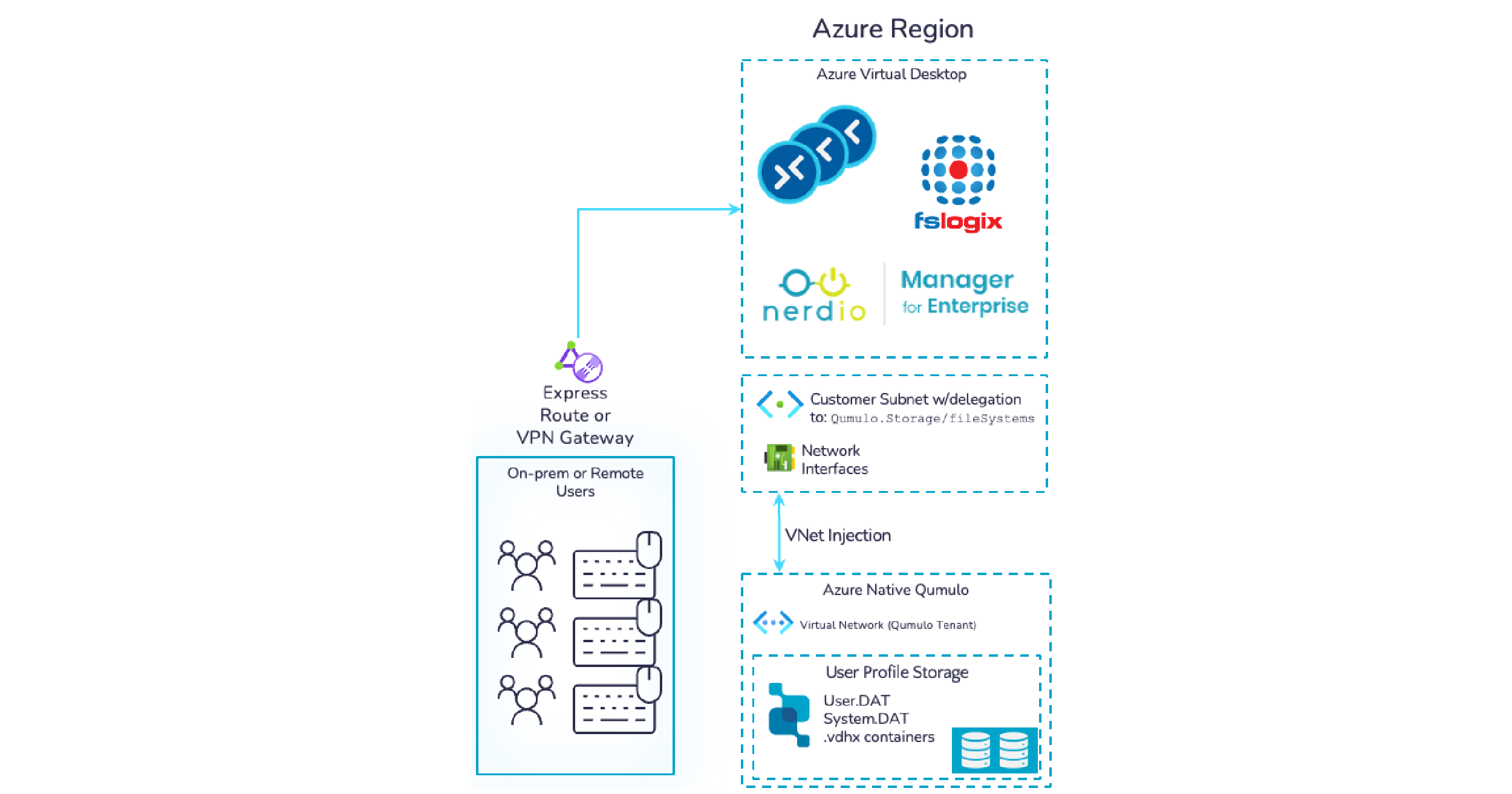After more than a decade spent calling the public cloud a toy, the “roach motel”, unsafe, scary and expensive, DellEMC Power Scale finally launched a product on Azure. If the only goal was to check a cloud box, then I suppose they have succeeded. Multi-cloud Data Services for DellEMC Power Scale has all the disadvantages of a rigid hardware defined architecture with none of the public cloud advantages, truly the worst of both worlds. If they actually believe this is what customers need in the public cloud, they are truly ‘Dell’usional.
Customers need scalable unstructured data storage and management in the public cloud, in their data centers, and at the edge.
- In the public cloud, they need the robust enterprise capabilities relied on for years deployed as a service with all the advantages of the cloud — elasticity, flexibility, scalability, performance and economics. File in the cloud with no compromises!
- In the data center and at the edge, they need software that runs on a wide range of commodity hardware, from the highest performance flash to the most economical media.
- These hybrid environments can’t operate as separate silos that create even more complexity. Customers need unified control and data planes to simplify the management of their hybrid workflows and distributed teams.
I am sorry to say this, but DellEMC-Isilon is 0 on 3! Let’s get more specific.
It’s crazy expensive!
Let’s start with the complete non-transparency of pricing. What we have cobbled from public sources is mind-boggling. For example, the cost per TB per month of just the Azure infrastructure cost, not including the cost of OneFS licenses, varies from $56 / TB / month to $2678 / TB / month. Between this insanity and Azure NetApp File’s cost that swings between $147 / TB / month and $474.5 / TB / month, the customer looking for an enterprise file service in Azure is left between a rock and hard place.
In contrast, Azure Native Qumulo file in the cloud is not going to break the bank! PAYGO pricing for as little as $30 / TB consumed / month and that includes up to 1GBps throughput and 10,000 IOPS. Elastically scale performance to 100’s of GBps and 1M+ IOPS and pay for it only when your workflows need it! Then we have ANQ Cold, purpose- build for backup, DR, archive and ransomware protection that costs less than $10 / TB / month.
It’s not a service offering and is unimaginably complex!
More than a decade after “cattle not pets” entered the tech vernacular, you still have to manage your DellEMC-Isilon in the cloud like you manage it on-premises.
I used to run the OneFS engineering team and reading the deployment guide gave me a monstrous headache. Consider the following incomprehensible verbiage:
For clarity on how different protection levels affect storage capacity, Table 3 outlines the maximum cluster raw capacity limits for using the +2d:1n protection level with various Azure managed disk sizes. If these capacity limits are exceeded, users must revert to the default +2n protection level when expanding the cluster to accommodate additional capacity needs. For example, if you have a 14-node cluster with +2d:1n protection level and each node has 15 disks using P50 Azure managed Prem SSD disks, the cluster raw capacity is 840 TiB. When you add more nodes into the cluster, the cluster raw capacity exceeds the limit of P50 using +2d:1n shown in Table 3. You must change to the default +2n protection level.
With ANQ, it’s “Storage-as-a-Service.” Deploy in minutes directly from the Azure portal and let our team take care of the details. Infrastructure-as-code options at your fingertips via the Azure SDK!
-
It’s limited in performance and very limited scale!
A OneFS node is an Azure VM, disks in a OneFS node are Azure Managed Disks and OneFS is erasure encoding data across these already impressively durable Azure Managed Disks. And it took Dell years to launch this??
Given the above “lift and shift” architecture and knowing how chatty OneFS “inter-node datapath RPC” (east-west traffic) is, we have a solution that is architecturally very limited in performance (user facing north-south network traffic). This is especially true given limited networking bandwidth in cloud VM instances.
Compared to the on-premises scaling capabilities of OneFS, the 18 nodes and 5PB limitation is comical. It’s hilarious that their Azure Marketplace plan & pricing page does not agree with their deployment guide. C’mon guys, can the marketing and engineering folks over at Dell get their lies consistent?
With Qumulo, you get a cloud native architecture with all the scale and performance that the cloud has to offer and our multi-protocol (NFS, SMB, S3, etc.) file services and modern enterprise data services (real-time analytics, continuous replication, quotas, snapshots, etc.). Don’t take our word, try it out for free!! Head over to the Azure portal!
In summary, this offering from DellEMC-Isilon is the worst of both worlds, on-prem and cloud: less than on-premises scalability and performance without any of the benefits of the cloud such as elasticity and consumption economics.
File services done right, anywhere == Qumulo Scale AnywhereTM
On-premises on the storage hardware of your choice (including Dell!!), In the cloud with Azure Native Qumulo or AWS or at the edge where hardware resources are limited.
The most complete enterprise NAS offering, all the bells and whistles of a legacy NAS platform without any of their limitations. All the elasticity of the cloud without the insanely unaffordable economics of alternative file service offerings in the cloud.



